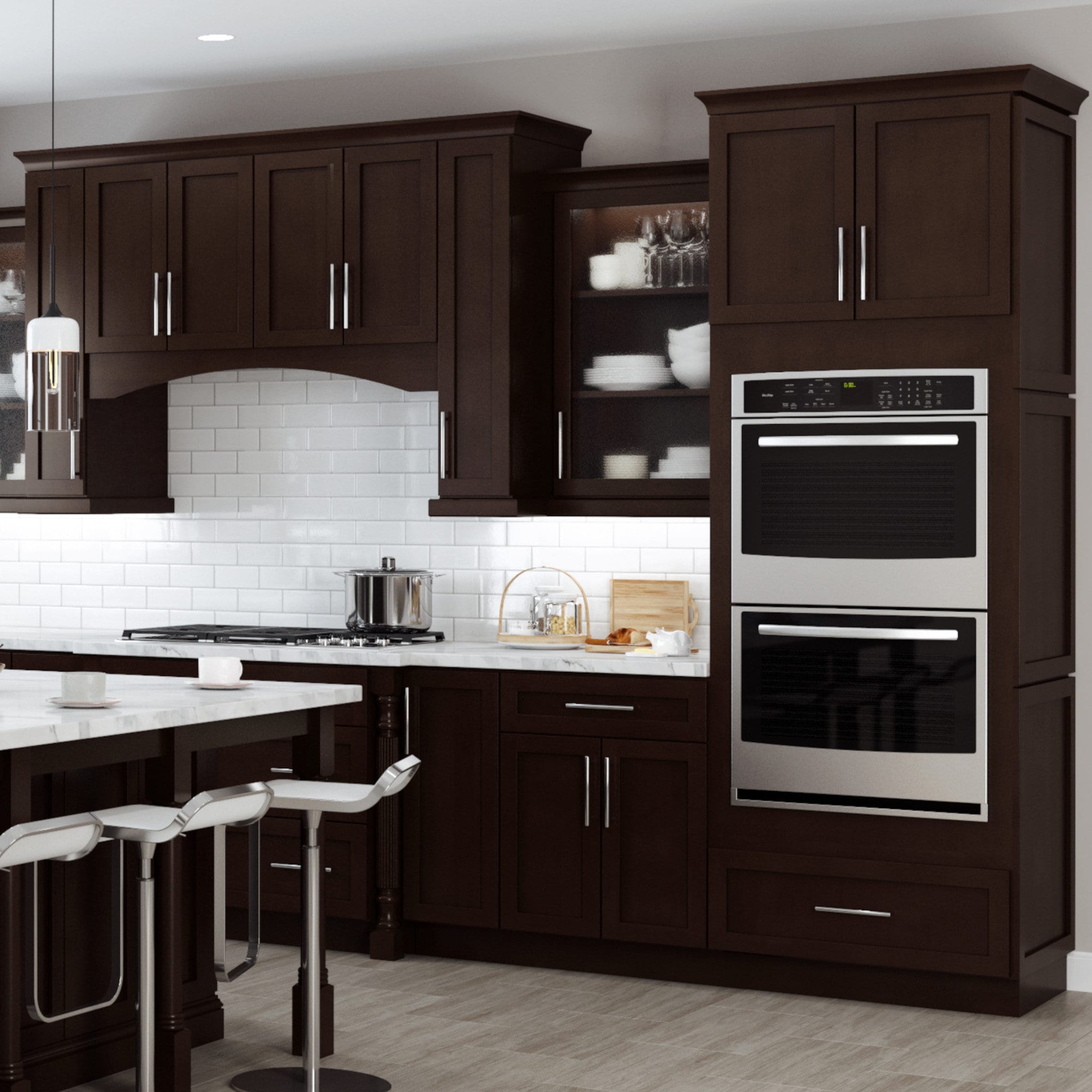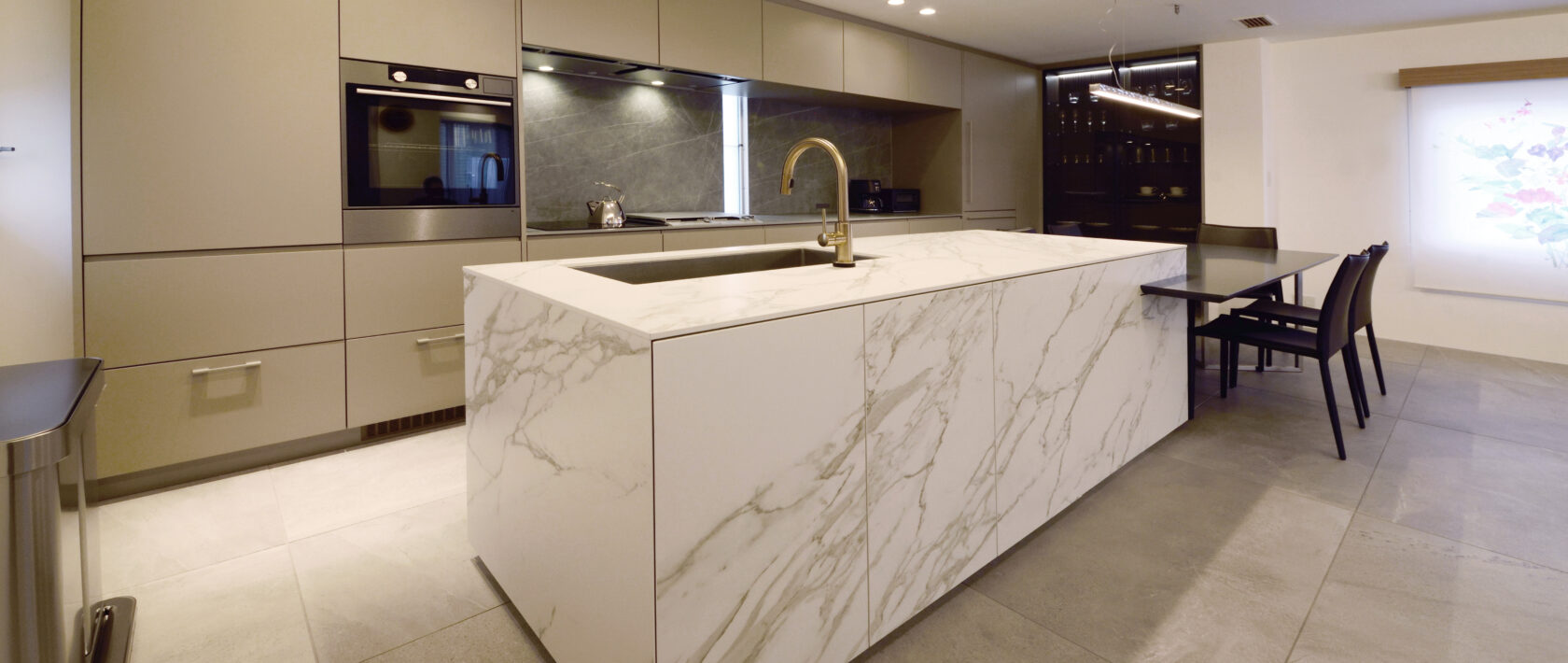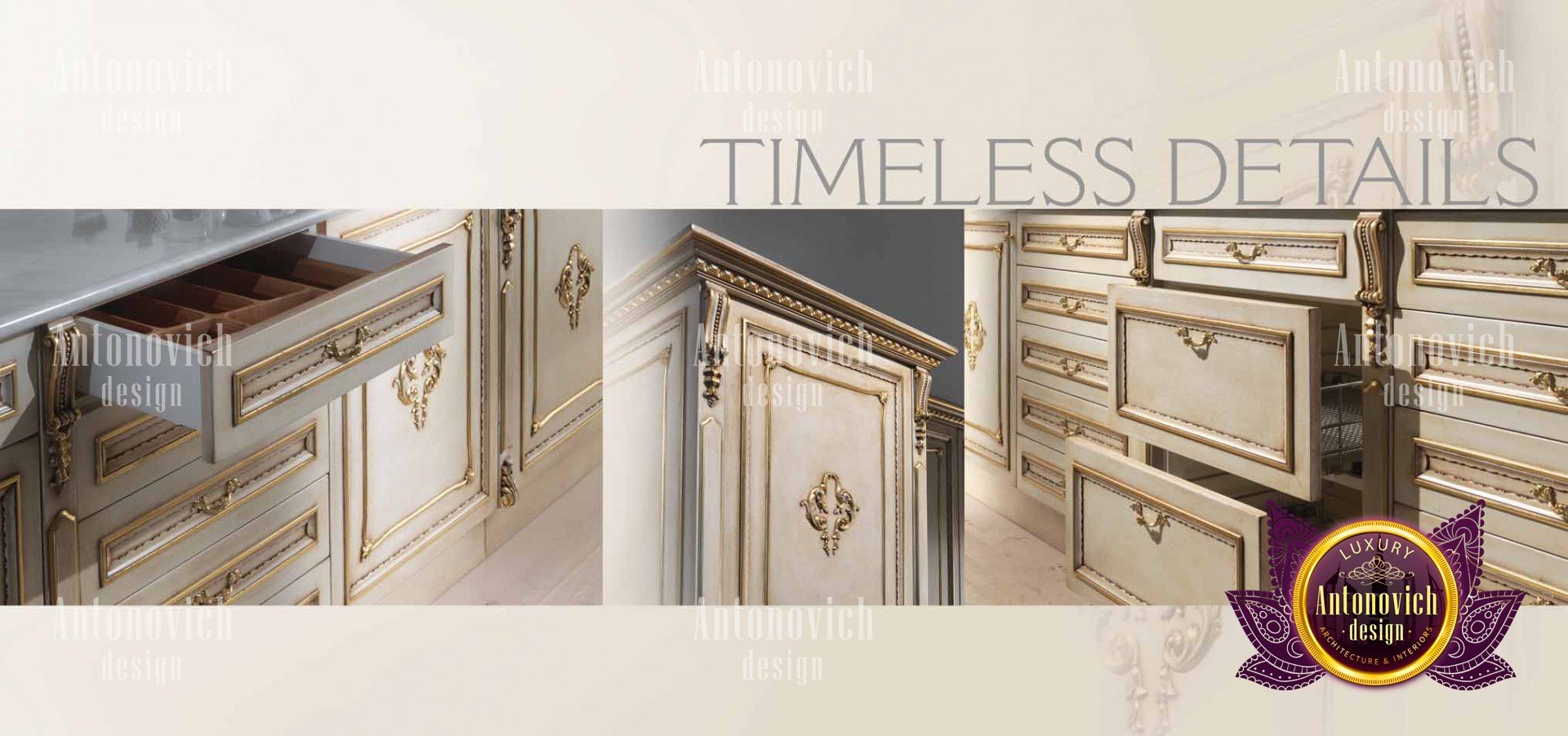The History and Evolution of Unix Kitchens and Cabinets

The term “Unix kitchen” is a humorous yet apt metaphor that has been used for decades to describe the chaotic, yet functional, environments of early computer systems running the Unix operating system. This term reflects the inherent modularity and flexibility of Unix, which allowed for a wide range of hardware and software components to be combined and customized in creative, often unconventional ways.
The Origins of the Term “Unix Kitchen”, Unix kitchen and cabinets
The origins of the term “Unix kitchen” can be traced back to the early days of Unix development at Bell Labs in the 1970s. Early Unix systems were often housed in small, cramped rooms, resembling a cluttered kitchen, filled with a mishmash of equipment and cables. This chaotic arrangement, however, was a testament to the adaptability of the Unix operating system, which allowed for different hardware components to be easily integrated and configured.
Early Unix Kitchens and Their Unique Features
Early Unix kitchens often featured a mix of different hardware components, including:
- Teletype machines: These were used for input and output, and their distinctive clattering sounds were a common feature of early Unix environments.
- DEC PDP-11 minicomputers: These were often the central processing unit (CPU) of early Unix systems, providing the computational power for the system.
- Tape drives: These were used for storing data, and were often seen as bulky and unreliable compared to modern storage solutions.
- Punch cards: Although these were becoming less common by the 1970s, they were still used in some Unix environments for data input.
The “kitchen” analogy was particularly apt because of the way that different components could be easily combined and reconfigured in early Unix systems. This modularity was a key feature of the Unix operating system, and it allowed for a great deal of flexibility in system design.
Design Principles of Unix Kitchens and Cabinets

The design principles of Unix kitchens and cabinets are rooted in the Unix philosophy, emphasizing modularity, scalability, and customization. These principles allow for flexible and adaptable kitchen spaces that can evolve with the changing needs of their users.
Modularity and Scalability
Modularity is a key design principle in Unix kitchens, where components are designed to be independent and interchangeable. This allows for flexibility in layout and configuration, enabling users to easily adapt their kitchens to their specific requirements. For example, a Unix kitchen might feature modular cabinets that can be rearranged or replaced without affecting the functionality of the overall system.
Scalability is another important principle, ensuring that kitchens can be easily expanded or downsized to accommodate changes in household size or cooking needs. A Unix kitchen might have a modular layout that allows for the addition of new cabinets or appliances as needed.
Standardized Components and Interfaces
Standardized components and interfaces are crucial for seamless integration and maintenance in Unix kitchens. Components, such as cabinets, countertops, and appliances, are designed to conform to industry standards, ensuring compatibility and interoperability. This allows for easy replacement or upgrade of individual components without requiring extensive modifications to the entire kitchen.
Customization
Unix kitchens are designed to be highly customizable, allowing users to tailor their kitchens to their specific preferences and needs. This customization can extend to everything from cabinet finishes and hardware to appliance selection and countertop materials. Users can choose from a wide range of options to create a kitchen that perfectly reflects their style and lifestyle.
Innovative Design Solutions
Unix kitchens often incorporate innovative design solutions to enhance functionality and aesthetics.
- Open shelving is a popular feature in Unix kitchens, providing a minimalist and airy feel while also maximizing storage space.
- Integrated appliances, such as built-in ovens, refrigerators, and dishwashers, create a seamless and streamlined look while also maximizing efficiency.
- Smart home technologies, such as voice-activated lighting and temperature control, can be seamlessly integrated into Unix kitchens, providing convenience and enhanced functionality.
The Impact of Unix Kitchens and Cabinets on Modern Kitchen Design: Unix Kitchen And Cabinets

The Unix kitchen concept, with its emphasis on modularity, flexibility, and user-friendliness, has profoundly influenced contemporary kitchen design trends. Its core principles have been embraced by architects and designers, leading to kitchens that are not only aesthetically pleasing but also highly functional and adaptable to changing needs.
The Adoption of Modularity, Flexibility, and User-friendliness in Modern Kitchens
The Unix kitchen’s modular design, which allows for easy customization and reconfiguration, has been widely adopted in modern kitchens. This approach enables homeowners to personalize their kitchens according to their specific requirements and preferences. The modularity allows for easy expansion or reduction of storage space, countertop area, and appliance placement as needs evolve.
The flexibility of Unix kitchens is further enhanced by the use of movable components, such as islands, carts, and cabinets on wheels. This allows for easy rearrangement of the kitchen layout to accommodate different activities and cater to various lifestyles. The focus on user-friendliness is reflected in the ergonomic design of Unix kitchens, which prioritizes ease of movement, accessibility, and intuitive use of appliances and storage solutions.
A Comparison of Traditional Kitchens and Unix Kitchens
The following table highlights the key similarities and differences between traditional kitchens and Unix kitchens:
| Feature | Traditional Kitchen | Unix Kitchen | —————- | ——————– | —————- | Design | Fixed, static layout | Modular, flexible | Customization | Limited, often requiring extensive renovation | High degree of customization | Functionality | Dedicated spaces for specific tasks | Adaptable to various activities | Storage | Fixed cabinets and drawers | Modular storage solutions | Ergonomics | Limited focus on ease of use | High emphasis on user-friendliness | Cost | Typically more expensive upfront | Potentially more cost-effective in the long run |
|---|
Just as the ancient alchemists sought to transform base metals into gold, so too do we strive to elevate our kitchens into sanctuaries of culinary creation. Unix kitchen and cabinets, with their timeless elegance, offer a canvas for this transformation.
To further enhance this sacred space, consider the exquisite artistry of crown point cabinets door styles , where each intricate detail whispers of craftsmanship and enduring beauty. With these elements harmoniously combined, your Unix kitchen will become a testament to the transformative power of design and the enduring spirit of the culinary arts.
Unix kitchens and cabinets are a testament to the enduring power of simplicity. Their clean lines and functional design speak to a timeless elegance, much like the american classic kitchen cabinet doors that have graced homes for generations. Both embrace the principle of “less is more,” reminding us that true beauty often lies in the uncluttered and the essential.
